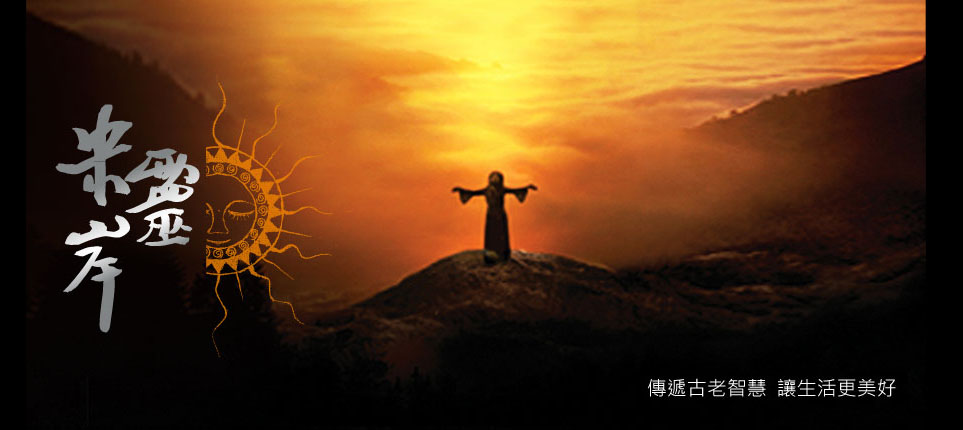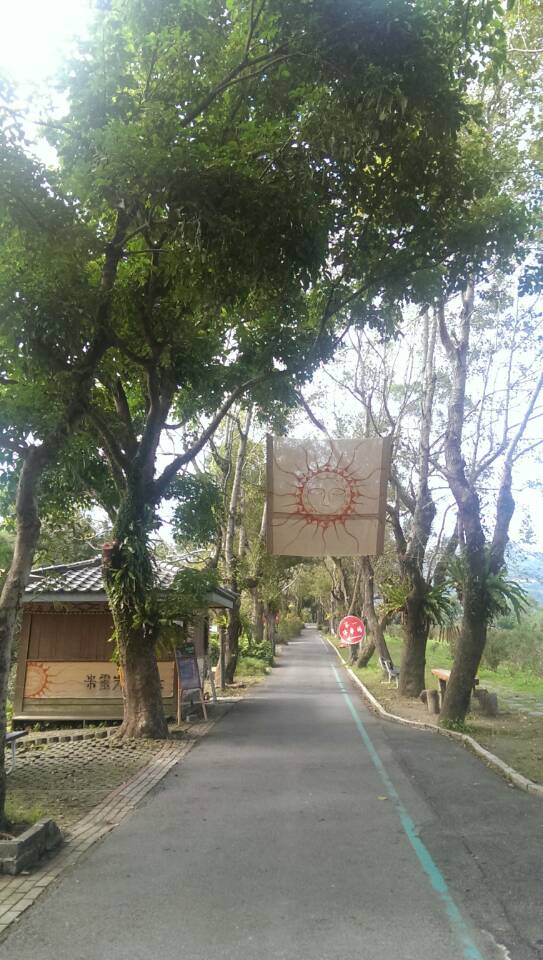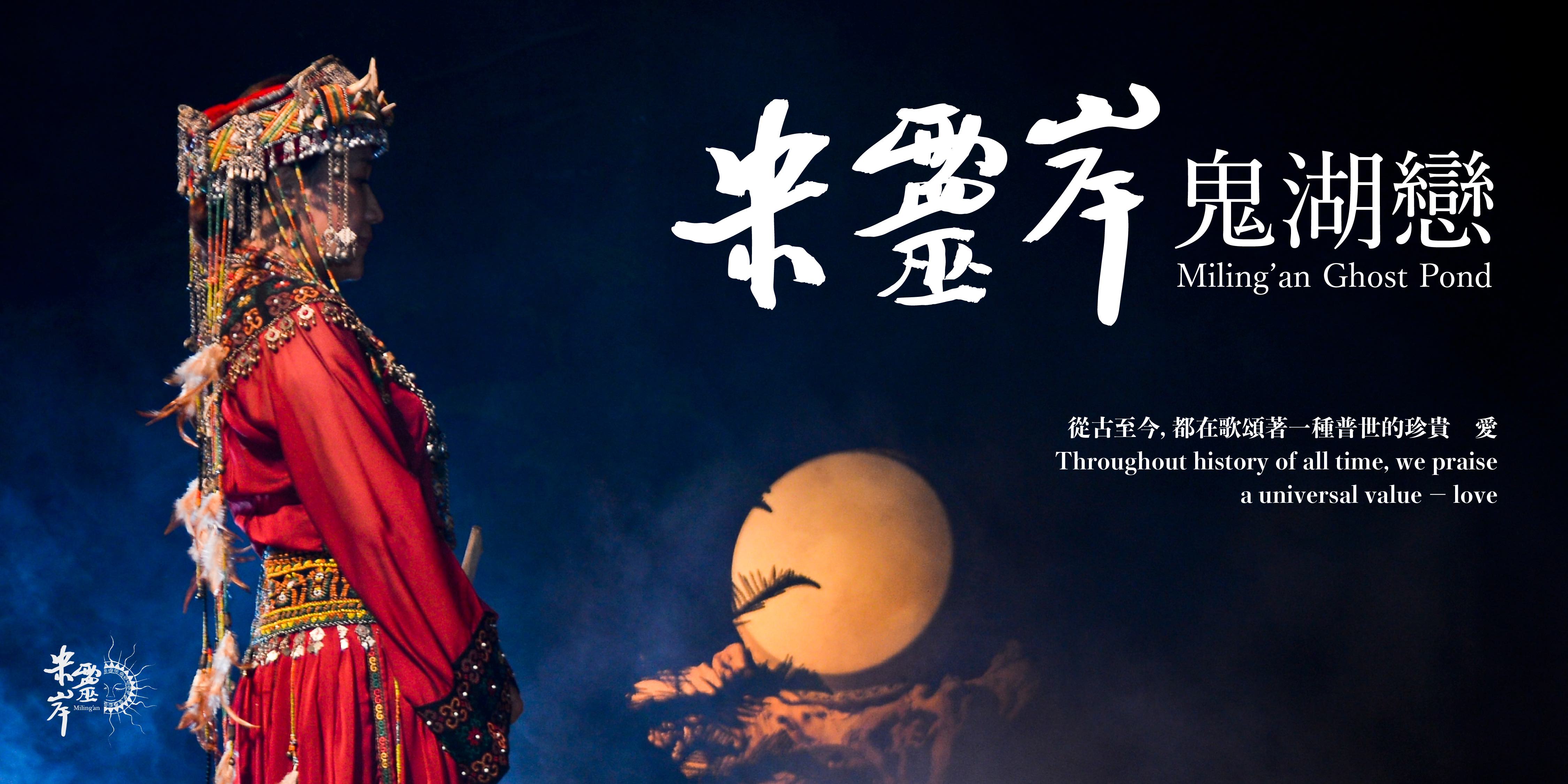紐約時報 ─《台灣,亞洲的綠色島嶼》
2014/12/07刊載於紐約時報(page. TR11)
「在台灣環境保護的根源來自於原住民文化…..馥蘭朵烏來渡假酒店近期與米靈岸音樂劇場合作,打造原住民風格的表演作品《米靈岸湖畔音樂晚宴》。這是一場結合音樂與精緻擊鼓儀式,並傳遞原住民古老智慧與文化保存意識的音樂劇。」
「At the root of Taiwan’s environmental movement are its indigenous culture……the Volando Spa & Resort recently started aboriginal-inspired performances pieces like Miling’an, a musical fire ceremony and elaborate drumming rituals embedded with aboriginal conservation messages.」

At Taipei’s Ningxia Road Night Market on a cool evening last spring, the local food blogger known as Peray showed me his favorite stalls among hawkers selling food like milkfish, charred cuttlefish and sea snails. Like many of Asia’s markets, the Ningxia Road is a neon-lit cabinet of curiosities teeming with unimaginable marine life hauled from the surrounding sea. “Where’s the shark fin soup?” I asked, assuming nothing was off-limits. “That’s been banned here,” Peray said with a proud grin. “We love seafood in Taipei, but on an island you quickly understand the ocean’s limits.”
Asia’s environmental movement is often described as “on-again, off-again,” but in 2012, Taiwan was the first in Asia to ban shark-fin soup, a dish especially beloved by mainland Chinese. The ban, intended to curb the overfishing, led to Taiwan’s subsequent barring of marine mammal meat (seals, whales and dolphins), signaling a green era of pride that’s made profound island-wide changes. Recent years have seen stricter animal conservation efforts, new eco-parks, deeper recognition of indigenous cultures and a new high-speed rail system estimated to have significantly reduced automobile emissions since its 2007 opening and linking travelers to Taiwan’s rain forests, aquamarine mountain rivers and hot springs. The changes created a substantial spike in visitors — Taiwan saw a 26.7 percent increase in international tourist visits during the first half of 2014, making it the world’s largest tourism increase recorded in 2014, according to the United Nations World Tourism Organization.
The expanding rail has brought more exposure to Taiwan’s biodiversity, and may have led to more serious animal conservation policies. A mass rapid transit link to Taoyuan Airport opens in 2015, followed by new high-speed connections to Miaoli, near Shei-Pa National Park, and Changhua and Yunlin — jumping off points to explore Taiwan’s wilderness. That wilderness is home to some of the world’s highest concentrations of butterfly and bird species. Populations of purple milkweed butterflies — one of 400 butterfly species on the island and once sold to black market dealers for its worth as a collectors’ item — have rebounded thanks to the rerouting of expressway trucks that cut across their ancestral migratory paths. In January, theTaiwan Black Bear Conservation Association sponsored an exhibit on the endangered Formosan bear, often overshadowed by China’s panda. And in May, Taiwan’s Forestry Bureau protected 300 square miles of shoreline for the critically endangered white dolphin. It was Taiwan’s first protected marine habitat and said to be the world’s first white dolphin reserve.
Taiwan’s sovereignty is not recognized by China, which creates tension between the two countries. So as China’s pollution made headlines, Taiwan began making responsible environmental changes. When China marginalized its ethnic groups, Taiwan reintroduced indigenous Formosan languages to its schools. In April, atomic energy opponents in Taiwan halted the development of a nuclear plant, urging the president to call for a public referendum on energy, while China has 28 nuclear reactors under construction. When Beijing’s smog levels became hazardous, Taiwan announced a network of ecotourism routes peppered with green buildings like the solar-paneled Beitou Library, the Daan Forest Park metro station, with a sunken garden, and new eco-parks like Jou Jou, which opened in August to promote art and environmental protection.
It wasn’t that long ago that Taiwan’s lush green mountains were obscured by clouds of smog. “Back in 1991, I saw Taiwan’s interior mountains once or twice a year,” said Steven Crook, a longtime British expatriate and author of the Taiwan Bradt Travel Guide. “Now I see them dozens of times each year. Air quality improved thanks to N.G.O.s like Society of Wilderness and Wild at Heart that educated people, preserved locations, and continue to ensure that government and corporations don’t get away with nonsense.”
At the root of Taiwan’s environmental movement are its indigenous cultures. Wulai, a mountain township and a protected water reservation area 25 minutes from Taipei by taxi, is known for its mountainous hot springs, river-tracing excursions, a combination of hiking, climbing and swimming up the turquoise Nanshih River, and the 8,000-year-old aboriginal Atayal community whose lifestyle is being touted as a more carbon-efficient model. Taiya Popo, a restaurant on Wulai’s main drag, serves traditional Atayal cuisine, much of it vegetable-based like pumpkin dumplings, rice-stuffed bamboo and stir-fried fern. To capture a growing eco-travel niche, the Volando Spa & Resort recently started aboriginal-inspired performances pieces like Miling’an, a musical fire ceremony and elaborate drumming rituals embedded with aboriginal conservation messages.
“The biggest shift is with the attitude of Taiwanese people,” Mr. Crook said. “The countryside is no longer seen as backwards and boring, but rather a place where people can relax, exercise, learn about ecology and better understand what makes Taiwan Taiwan.”
Read More










